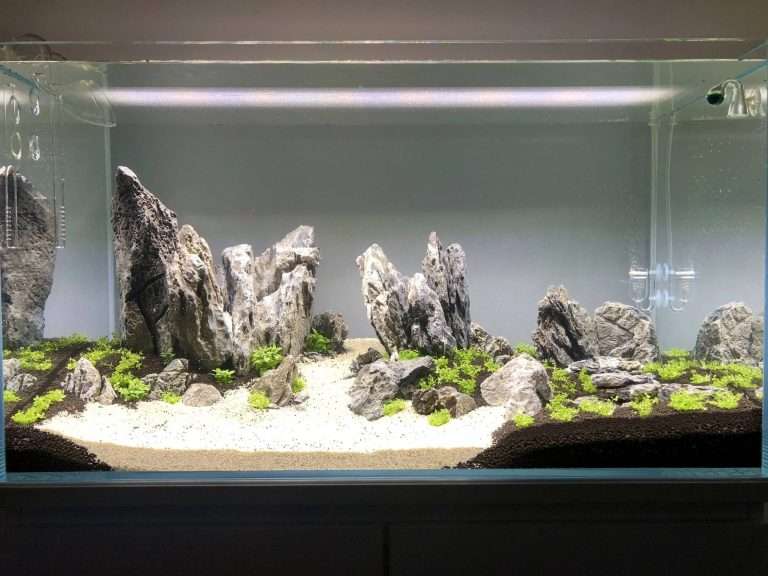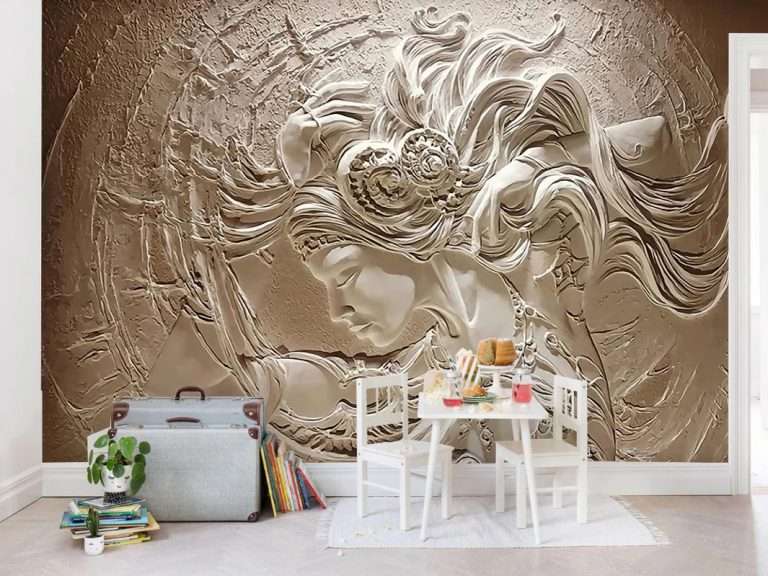What We Do
Why Us ?
Newer Concepts
Garden Scaping
Garden scaping is the art and process of designing and creating plans for the layout and planting of gardens and landscapes. Elements of garden design include the form of hardscapes such as paths, walls, water features, sitting areas and decking, and the softscape, that is, the plants themselves, with consideration for their horticultural requirements, their season-to-season appearance, lifespan, growth habit, size, speed of growth, and combinations with other plants and landscape features.
Consideration is also given to the garden’s maintenance needs, including the time or funds available for regular maintenance, which can affect the choice of plants in terms of speed of growth, spreading or self-seeding of the plants, whether annual or perennial, bloom-time, and many other characteristics.
Aqua Scaping
Aquascaping is the craft of arranging aquatic plants, as well as rocks, stones, cavework, or driftwood, in an aesthetically pleasing manner within an aquarium—in effect, gardening under water. Aquascape designs include a number of distinct styles, including the garden-like Dutch style and the Japanese-inspired nature style. Typically, an aquascape houses fish as well as plants, although it is possible to create an aquascape with plants only, or with rockwork or other hardscape and no plants. Although the primary aim of aquascaping is to create an artful underwater landscape, the technical aspects of aquatic plant maintenance must also be taken into consideration. Many factors must be balanced in the closed system of an aquarium tank to ensure the success of an aquascape. These factors include filtration, maintaining carbon dioxide at levels sufficient to support photosynthesis underwater, substrate and fertilization, lighting, and algae control.
Takashi Amano once said, “A layout that is crafted with overly great finesse is tiring to look at, and it is also difficult to maintain over a long period of time. It is important to provide an unpretentious, casual atmosphere of water and greenery. The very atmosphere creates the harmony between the surrounding space and the aquarium.”
Terracotta Mural Art & Wall Papers
In archaeology and art history, “terracotta” is often used to describe objects such as figurines not made on a potter’s wheel. Vessels and other objects that are or might be made on a wheel from the same material are called earthenware pottery; the choice of the term depends on the type of object rather than the material or firing technique.
Terracotta is a very flexible material to sculpt. Pieces can be formed by both an “additive” technique, adding portions of clay to the growing pieces, or a “subtractive” one, carving into a solid lump with a knife or similar tool.
Terracotta tiles have a long history in many parts of the world. Many ancient and traditional roofing styles included more elaborate sculptural elements than plain roof tiles, such as Chinese Imperial roof decoration and the antefix of western classical architecture. In India West, Bengal made a specialty of terracotta temples, with the sculpted decoration from the same material as the main brick construction.
Design focus?
Theme Planning
Design Theme
In general, the theme is a subpart of the concept. A theme is a unifying or dominant thought or pattern that passes around a given concept; more information on a thought. For any item like furniture, a theme is too detailed & even for any space like even a bed.
- Pre-conceptualisation
- Client oriented
- Cost effecient
- Space effecient
- Time effecient
Sustainability
Sustainable design is on-trend right now, but why is it important? Sustainable interior design materials lower your ecological footprint and add an exciting new (to you!) feel to your home. Don’t be boxed in by old ideas of recycled design elements, though. You might find yourself surprised at the elegant, updated look sustainable materials bring to a space.
- Lesser wastage
- Cost effecient
- Eco-friendly
- Health friendly
- High durability
Color Scheme
Anna Starmer has an exceptional sense of color and materiality within her work. Her visual imagery has been described as sensual, visceral, rich, and tactile. Anna curates and styles most of her own work, her background, and understanding of color and surface imbue a sensitivity and instinctive mood, far beyond the realms of simply capturing an image. We take inspiration from her 20 years of color experience and try to utilize it in our interior projects.
- Highlighted subjects
- Mood control
- Creates Harmony
- Visual Symbolization
- Ambient lighting





















